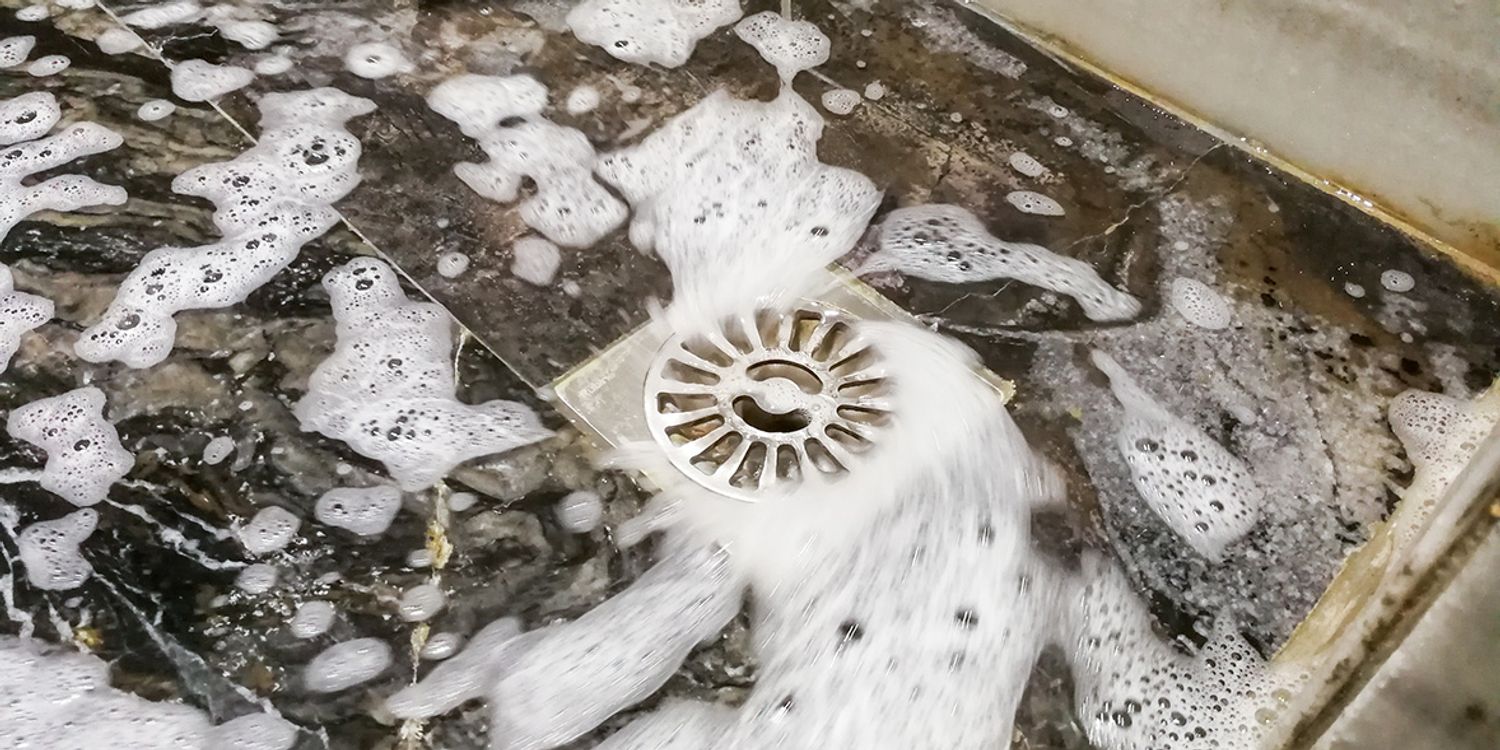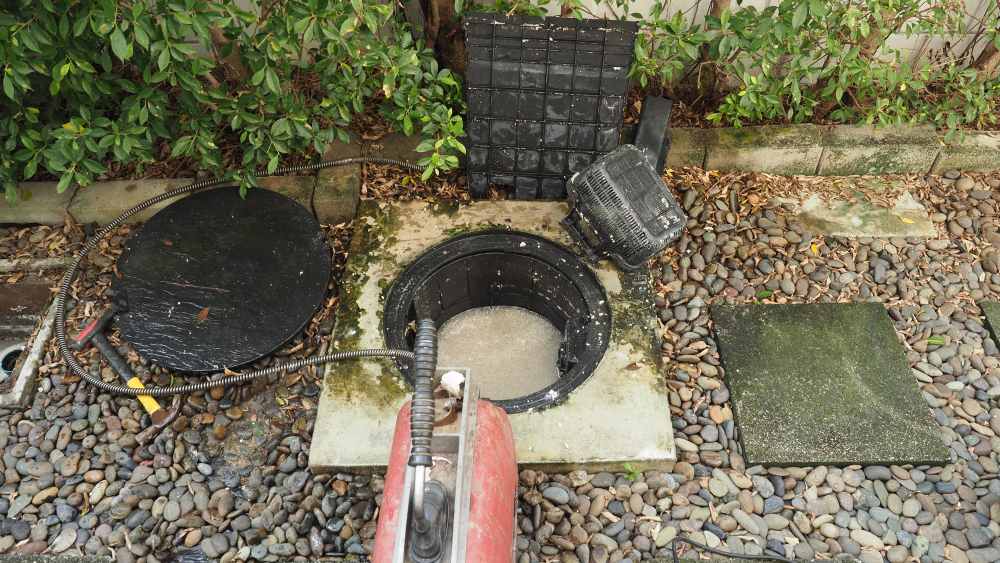Just about every person has their private thinking with regards to What I learned from trying to deal with a clogged drain.

Intro
Dealing with an obstructed drainpipe can be a frustrating experience, disrupting day-to-day tasks and potentially creating damage to your building. However, prior to connecting to plumbing specialists, there are steps you can require to address the concern on your own. In this guide, we'll explore do it yourself remedies and preventive measures to deal with a blocked drainpipe properly.
Identifying the Issue
The first step in resolving an obstructed drainpipe is acknowledging the indicators. Sluggish water drainage, gurgling sounds, foul odors emanating from drains pipes, or water support up are common signs of an obstructed drain. Identifying these indicators early can aid stop even more problems.
Typical Root Causes Of Obstructed Drains
Comprehending the factors that add to drain pipes blockages is crucial for efficient resolution. Typical perpetrators include hair, soap residue, oil, food debris, and foreign things like hygienic products or paper towels. Tree roots getting into underground pipes can also cause substantial obstructions.
DIY Solutions
For small blockages, numerous DIY remedies can be reliable. Putting boiling water down the drain can help liquify oil and particles. Baking soda and vinegar or a mix of salt and cooking soda can function as natural cleansers. Using a plunger or pipes serpent to remove blockages is another alternative.
Tools and Tools
Having the right devices available can make do it yourself drain cleaning more reliable. A bettor is a flexible device for clearing clogs in sinks, bathrooms, and showers. A pipes serpent or auger can reach deeper clogs, while drainpipe cleaning chemicals can be used very carefully for stubborn blockages.
Safety nets
To avoid future clogs, taking on safety nets is critical. Mount drainpipe guards or strainers to capture hair and particles before they enter the pipelines. Regularly flush drains with warm water to liquify grease build-up, and prevent getting rid of grease or strong waste down the tubes.
When to Call an Expert
While DIY options can deal with small blockages, specific indications suggest the requirement for expert assistance. Consistent obstructions, foul odors regardless of cleaning up efforts, or several drains backing up all at once are warnings that call for skilled intervention.
Selecting the Right Plumbing Solution
When choosing a plumbing solution, take into consideration factors such as experience, licensing, and customer reviews. Choose a reliable plumbing with a performance history of quality handiwork and transparent rates practices.
Price Factors to consider
The cost of specialist drainpipe cleaning services can vary depending upon the seriousness of the clog and the plumbing professional's rates. Request quotes from several service providers and ask about any type of added fees to ensure transparency and stay clear of surprises.
Safety Precautions
When trying do it yourself drain cleaning, focus on security. Use protective handwear covers and eyeglasses to avoid contact with harmful chemicals or microorganisms. Never blend different drain cleansing products, as this can create harmful fumes.
Case Researches
Real-life instances illustrate the performance of do it yourself services and the relevance of timely expert treatment in settling drain blockages.
Verdict
By adhering to the ideas laid out in this overview, you can successfully tackle blocked drains and prevent future plumbing issues. Whether selecting do it yourself remedies or seeking specialist aid, prompt activity is key to preserving a healthy and balanced pipes system and preserving the integrity of your home.
How to Clear a Clogged Drain Yourself (And When to Call In the Professionals)
What Can Clog a Drain
Dirt Skin flakes Hair Grease Soap scum Food Offset pipes Tree roots Small objects Mineral buildup DIY Tricks to Unclog a Drain
You can fix this! Once you have identified the source of the clog (or have a vague idea), you can try one or a combination of these fixes in order to clear your plumbing.
Wire Hanger or Snake
Untangle and clear out hair from a drainpipe with a homemade snake. Use a straightened-out wire hanger with a 90-degree angle hook to locate the clog and drag out any unwanted material.
Remember not to push the clog further down to where the wire hanger cannot reach! If you need to follow up with a plunger, give it a try. Your efforts might be more successful after it’s been wire-snaked.
If you want to get fancy and don’t have a wire hanger to spare, head to the store and pick up a hand-operated drain snake. You can get one for $10-$30. It may save you the hassle, and provide additional length to reach deep into the clogged pipe.
Plunger
A cup plunger has a suction cup attached to a wooden handle. The rubber creates a seal around the drain, and increases the pressure force of the plunger.
Plunge for 30-second increments to loosen the clog. This may need to be repeated over the course of 15-20 minutes. Once plunged, run the water to flush the remaining material out of the drain.
Remember– never use a plunger if you have used a chemical drain cleaner. These chemicals can splash up from the force of the plunger and cause serious injury or burns.
Boiling Water
Hot water can sometimes break up materials into a flushable amount. Dirt, grease, and soap buildup requires heat in order to unstick from surfaces.
Take your kitchen kettle and heat your water to a boil. Once it reaches a rolling boil, pour it directly down the drain into the blockage. Carefully follow with plunging, if necessary.
Don’t worry if this takes more than one try! It can often take multiple kettles and repeated plunging in order to clear a particularly stubborn clog.
Chemical Drain Cleaner
As a last resort, pick up a bottle of chemical drain cleaner. Drain-cleaning chemicals are potent, and not very good for the environment.
You may need to wear protective eyewear in gloves before handling your bottle of chemical drain cleaner. Follow the instructions printed on the bottle, and flush with water as soon as the instructions allow. Do not follow with plunging.
Baking Soda and Vinegar
As a safer alternative to chemical drain cleaner, baking soda and vinegar can create a chemical reaction that clears tough clogs.
Combine one cup of cleaning vinegar with one cup of boiling water, and set aside. Once you have done this, pour half a cup of baking soda down the drain. Give the baking thirty seconds to settle and cover a large portion of the problem drain.
Following the baking soda, pour down your vinegar and hot water solution. Once the vinegar and baking soda combine, the mixture will bubble and fix. Let this reaction fizzle in the drain for about an hour.
After an hour, follow with a kettle’s worth of hot water. The heat and liquid should flush out any remaining material.
When to Call a Plumber
If your DIY attempts haven’t cleared your clog drain, it’s time to call in a professional. It’s not worth losing access to your kitchen sink or high-traffic bathroom. A clog in a vital area can keep you from the things you’d rather be doing, and derail your routine.
Anytime a clog is causing water to spread is a time to call in a plumbing service. What starts out as a little bit of water can quickly grow into serious, expensive water damage.
Additionally, a serious clog can result in burst pipes or serious leaks. Make sure you know when to take it seriously!
https://myguysnow.com/how-to-clear-a-clogged-drain-yourself-and-when-to-call-in-the-professionals/

We hope you enjoyed reading our post on Some easy tips to fix blocked drains. Thank you for taking the time to read our blog post. Remember to pause to distribute this page if you enjoyed it. Thank you so much for your time invested reading it.
Call